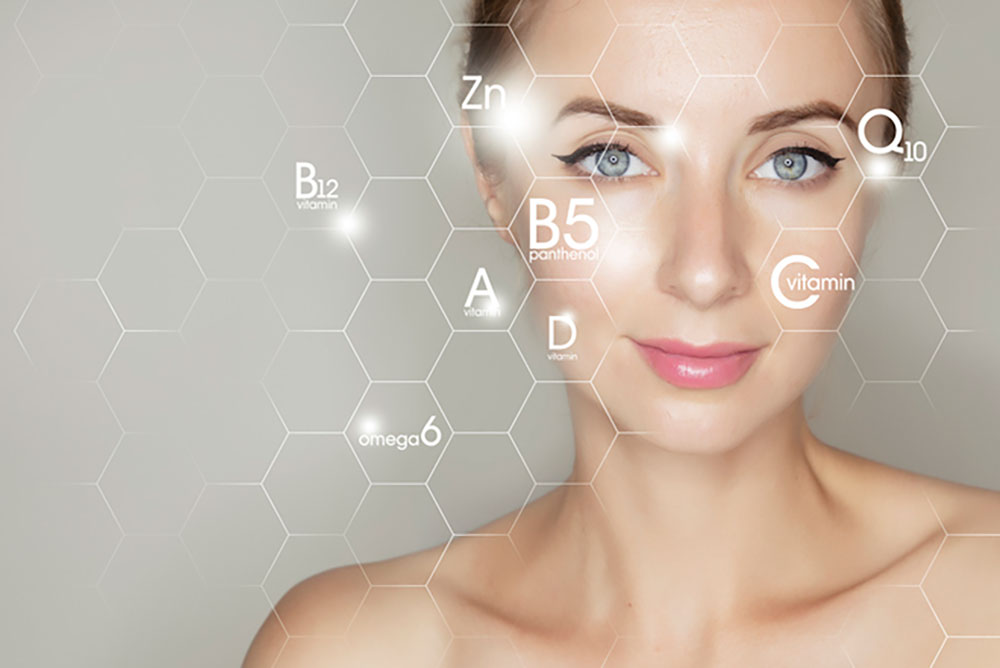
iStock
By Valerie Monroe
If you’re interested in feeling happier about your appearance—especially as you age—you might like reading what she has to say about it. For more of her philosophical and practical advice, subscribe for free to How Not to F*ck Up Your Face at valeriemonroe.substack.com.

Can’t get enough Valerie Monroe? There’s more at https://valeriemonroe.substack.com.
AFTER POKING AROUND in the lives of a few generous civilians here in Japan—as well as many more in the US—it’s clear to me we share a common skincare belief: that we should be doing more to preserve or enhance the appearance of our complexion, no matter how healthy it already looks.
Japan’s cosmetics and personal-care market was around $35 billion a few years ago, making it the third largest after the US and China. There’s a greater focus in Asia on whitening and brightening (along with anti-aging and moisturizing) but bottom line: Improvement is the goal. Which brings me to a curiosity I recently came across. During my long tenure as a beauty editor, I never became acquainted with glutathione. I discovered it only because my daughter-in-law mentioned it during a conversation about some preferred dermatologic treatments in Japan. It’s thought to help lighten the skin and is available in topicals, supplements, and in an IV infusion combined with other supposed brightening agents.
All I could think was, They’re shooting it up?! Skincare speedballs?! and immediately began an online search, which yielded the news that glutathione is just a combination of familiar amino acids with antioxidant properties. When I asked HNTFUYF DermDiva Heidi Waldorf to weigh in, she confirmed it’s touted as a skin-lightener and used in IV drips in Asia, India, and in the US. Have you heard of it? Have you tried it? The science behind it seems weak; Waldorf could find only the same small studies I found. And she points out that with an IV drip, there’s a risk of severe allergic reaction and thyroid/renal complications.
Nice to meet you, glutathione. A date? How about never? Is never good for you?
While I was getting acquainted with glutathione, a reader emailed about another skincare ingredient: human fibroblast conditioned media, or as she called it, “human fibroblast whatnot.” She had a pressing question: What the heck is it?
Our reader was referring to growth factors, which are . . . OMG, I’ve already spent too much time trying to unwind the tangled coil that is the definition of growth factors in skincare. So, I’m going to instead refer you to the most comprehensive story I’ve read about it and let you wallow in the dense (and, as I remember it, stinky) stew of information.
Because it was recommended to her, our reader was asking specifically about the $230-per-ounce SkinMedica TNS Recovery Complex, the first beauty product with human growth factors (you may remember some scrutiny around it, because it contains a blend of proteins derived from fibroblasts of neonatal foreskin).
If, like our reader, you’re having a moment of FOMO, shake it off. I once again turned to Waldorf, who, though she confirmed that growth factors have been shown to improve the skin’s ability to repair itself, jumped nimbly to other less exotic and less pricey ingredients you’d be correct in assuming are equally advantageous to wear facially. She recommends the blend of proprietary peptides and antioxidants in Alastin Restorative Skin Complex, which at $199 per ounce is still about $169 more than I’ll pay for a non-prescription serum or skin cream [FWIW, it’s $149 on Amazon]. My 2 cents? I’ve yet to see a topical over-the-counter ingredient (except for old friends retinoids, the vitamin-A derivatives) that can make an appreciable (by which I mean visible), worth-the-investment difference in reducing some of the signs of aging.
Pleased to see you, spendy growth factors. Sayonara for now!
◊◊◊◊◊◊◊◊◊◊
More about love in Tokyo . . .
I’ve been mystified by the building below because it looks like a medieval prison situated in the middle of a quiet, residential neighborhood not far from my apartment. I finally asked a friendly someone, “Why a prison here?”
“Ah!” she said. “That’s not a prison. That’s a love hotel.”
Take another look at the photo. (Zoom in if you can.) Does that look like your idea of a love hotel? I had the brilliant idea to Google “Love hotels near me,” and suddenly it all became clear. Here’s a link to a description of the Alpha In, one of the most famous love hotels in Tokyo. Among the reviews, this comment stands out: “screaming is acceptable but opening the window is not possible as it will bother the neighbors . . . ”


Val
IV glutathione has many uses in the medical community, besides brightening skin! Here’s a good summary for the lay reader.
https://www.healthline.com/health/glutathione-benefits
As for “love hotels,” amorous tourists need not travel any farther than the Poconos….I agree with you though, architecturally, that one you posted is an eyesore.